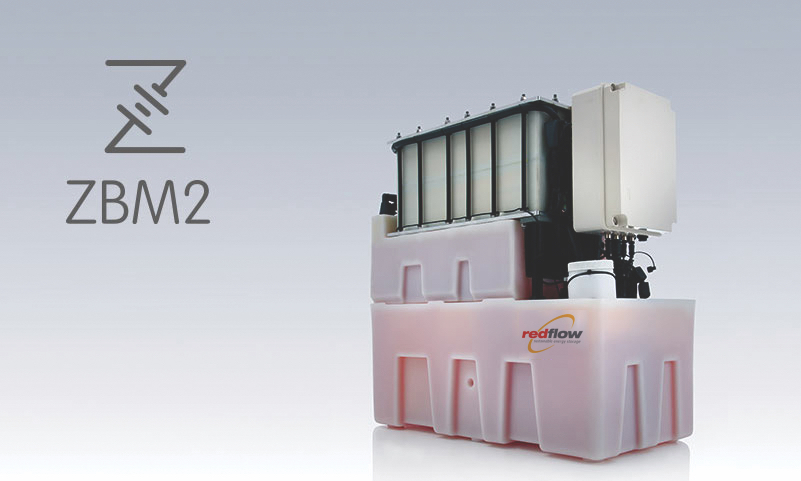Life in Ban Pha Dan has been changed for the better by a solar-powered microgrid, which has brought reliable power supply to the village separated from the national electricity distribution network.
The small village, located 7 0km south of the northern Thai city of Chiang Mai, has lacked access to electricity because it is surrounded by a wildlife reserve where power poles are forbidden.
Backed by the Thai government as part of its 35% renewables by 2037 agenda, the Ban Pha Dan microgrid project features a hybrid energy storage system, which combines 10 Redflow ZBM2 10 kWh zinc-bromine flow batteries and three lithium batteries.
The ZBM2 batteries installed in a small concrete building by Redflow’s local partner TSUS Group will store solar-generated energy that powers the community school, town hall and temple. Meanwhile, the lithium batteries accommodated in an airconditioned room will supply energy for individual houses.
The locally-produced energy also enables villagers to power water-supply systems for drinking and agriculture.
Redflow Managing Director and CEO Tim Harris said the Ban Pha Dan deployment provided a compelling model for remote communities in both developing and developed countries.
“Just like mobile telephony leapfrogged fixed-line telecommunications in developing countries, microgrids can deliver the benefits of modern technology without the massive infrastructure spend required by grid-based energy utilities,” he said.“Without the cost and pollution of diesel generators, this system gives local people access to energy for lighting, refrigeration and water pumps, which significantly improves their quality of life.”
“Redflow believes microgrids present a strong market opportunity for our zinc-bromine flow batteries.”
In an earlier microgrid project, Redflow supplied $1.6 million worth of its 10 kWh ZBM2 batteries to Fiji to power a new local digital television network. The systems were shipped from its Thai facility and installed by New Zeland’s Hitech Solutions.
In 2017, the Australian-listed redox-flow supplier has relocated its manufacturing facility to Thailand, which has resulted in lower fixed costs. The company reported the loss after income tax stood at about $11.9 million in FY18, down from $12.9 million in the previous fiscal year.
Marketed as ZCell and ZBM2, Redflow 10 kWh zinc-bromine flow batteries are designed for high cycle-rate, long time-base stationary energy storage applications in the residential, commercial & industrial and telecommunications sectors, and are scalable from a single battery installation through to grid-scale deployments.
This content is protected by copyright and may not be reused. If you want to cooperate with us and would like to reuse some of our content, please contact: editors@pv-magazine.com.









By submitting this form you agree to pv magazine using your data for the purposes of publishing your comment.
Your personal data will only be disclosed or otherwise transmitted to third parties for the purposes of spam filtering or if this is necessary for technical maintenance of the website. Any other transfer to third parties will not take place unless this is justified on the basis of applicable data protection regulations or if pv magazine is legally obliged to do so.
You may revoke this consent at any time with effect for the future, in which case your personal data will be deleted immediately. Otherwise, your data will be deleted if pv magazine has processed your request or the purpose of data storage is fulfilled.
Further information on data privacy can be found in our Data Protection Policy.